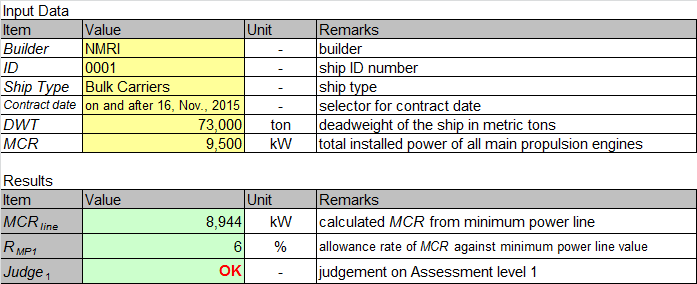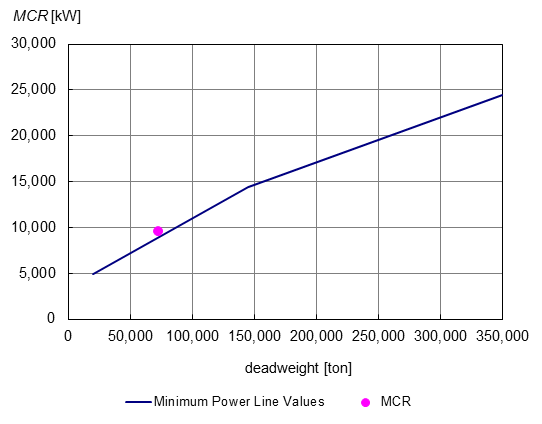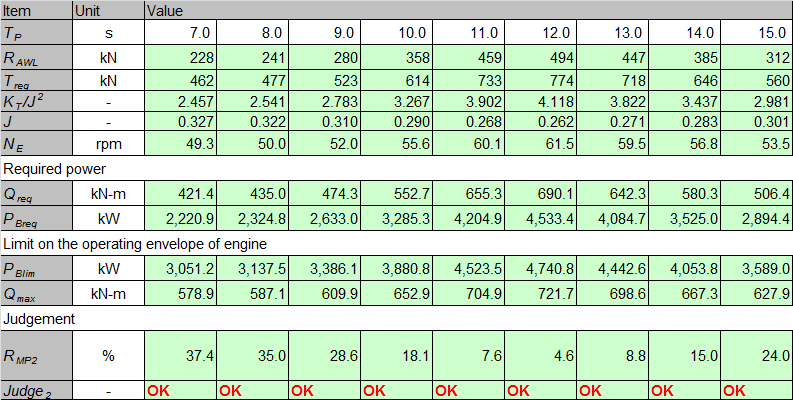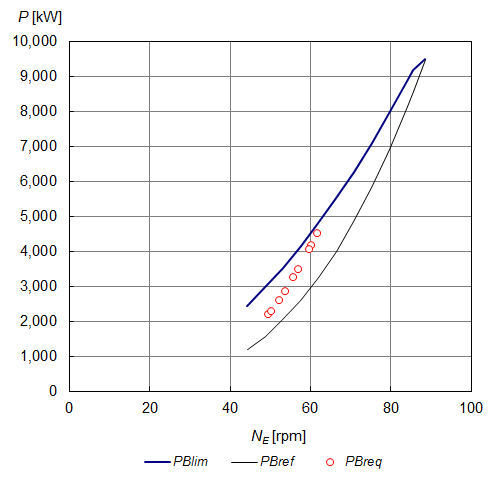VESTA Overview
VESTA Overview
VESTA Overview
【Calculation details】
-
(1) Evaluation of external forces
-
Added resistane in waves
(For all directions)
-
Wind resistance
-
Resistance due to drift motion
-
Resistance due to steeriing
-
(2)
 Simulation for ship performance in actual seas
Simulation for ship performance in actual seas
-
Navigation performance
-
Seakeeping performance
-
(3) Energy Efficiency
-
Energy efficiency design index in actual sea conditions: EEDIweather
-
Energy efficiency operational indicators at the design stage: EEOIdes
-
(4) Assessment of Minimum Propulsion Power for EEDI
-
(5) Calculation of external forces for the analysis of speed trial data
-
(1) Calculation of the added resistance in waves
…High-precision calculations incorporating tank test results (Caclulations using the tank test database without tank test results are also available.)
-
(2) Calculation of the wind forces and moments…Regression formula based on wind tunnel test data
-
(3) Calculation of the fuel consumption…In addition to the main engine operation limitation, governor operation modes (constant revolution, fuel index *control, and constant power) are supported and realistic calcuations are allowed.
-
(4) Calculation with arbitrary combinations of wind, wind waves, and swells. Directional wave spectrum measured by buoys and radar are also allowed.
-
(5) Evaluation of the performance of wind-assisted ships (sails and rotors).
-
(6) Calculation of EEDweather and fw.
-
(7) Assessment of Minimum propulsion power for EEDI
-
(8) Calculation of external forces due to wind and waves for the anlysis of sea trial data
*fuel index …Indicators of fuel input to the main engine
Evaluate differences in governor characteristics.
VESTA can select the governor characteristics from (1) constant speed, (2) fuel index control and (3) constant output to evaluate the effects of different governor operation characteristics on speed reduction and fuel consumption.
VESTA can perform evaluations that incorporate fuel index limits introduced for fuel-efficient operation. It also helps to set an appropriate fuel index.
Decrease of ship speed
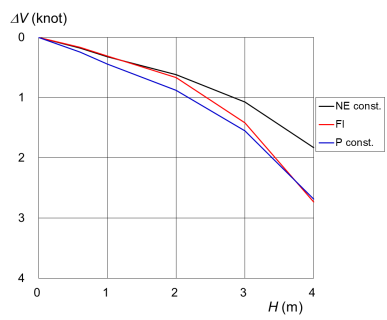
Significant wave height
Fuel consumption per day
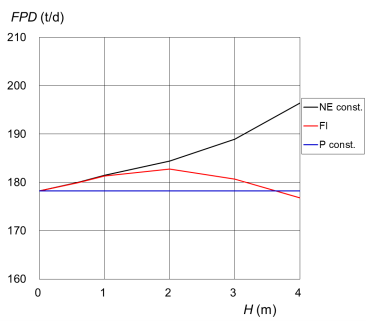
Significant wave height
Explanatory notes: NE const.: constant rpm, FI: fuel index limit, P const.: constant output
The figures show that different governor characteristics have different results in speed and fuel consumption relative to sea conditions.
Assessment of EEDI minimum propulsion requirement
VESTA can determine whether a Level 1 and Level 2 assessment of EEDI's minimum propulsion requrement is satisfied quantitatively.
VESTA can use the NMRI method to estimate the added resistance due to waves.
*VESTA has received the certification from Nippon Kaiji Kyokai for the minimum power assessment.
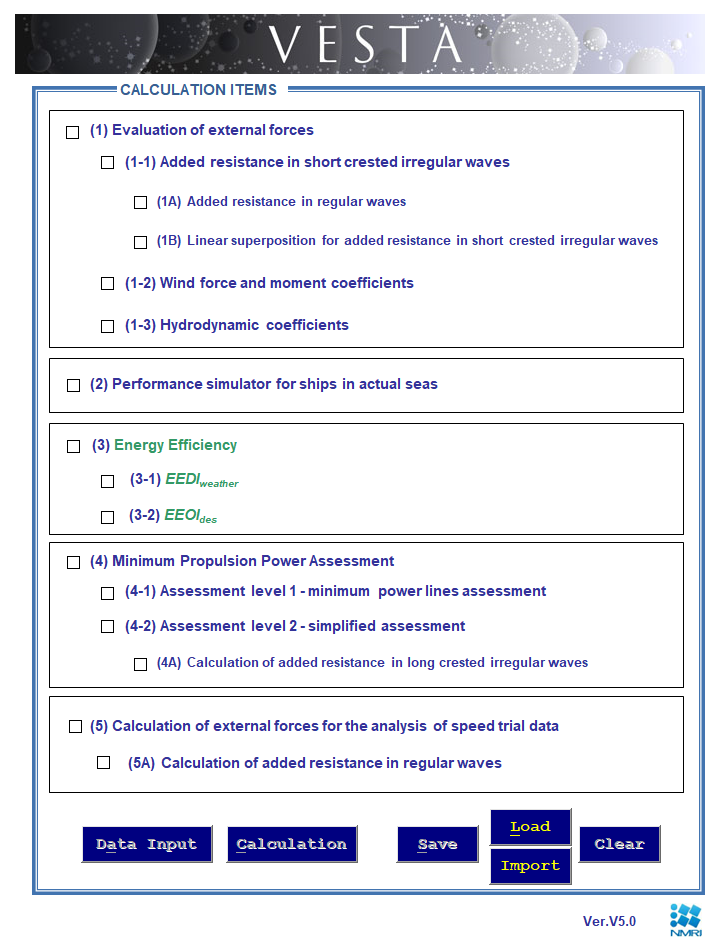
 Simulation for ship performance in actual seas
Simulation for ship performance in actual seas


